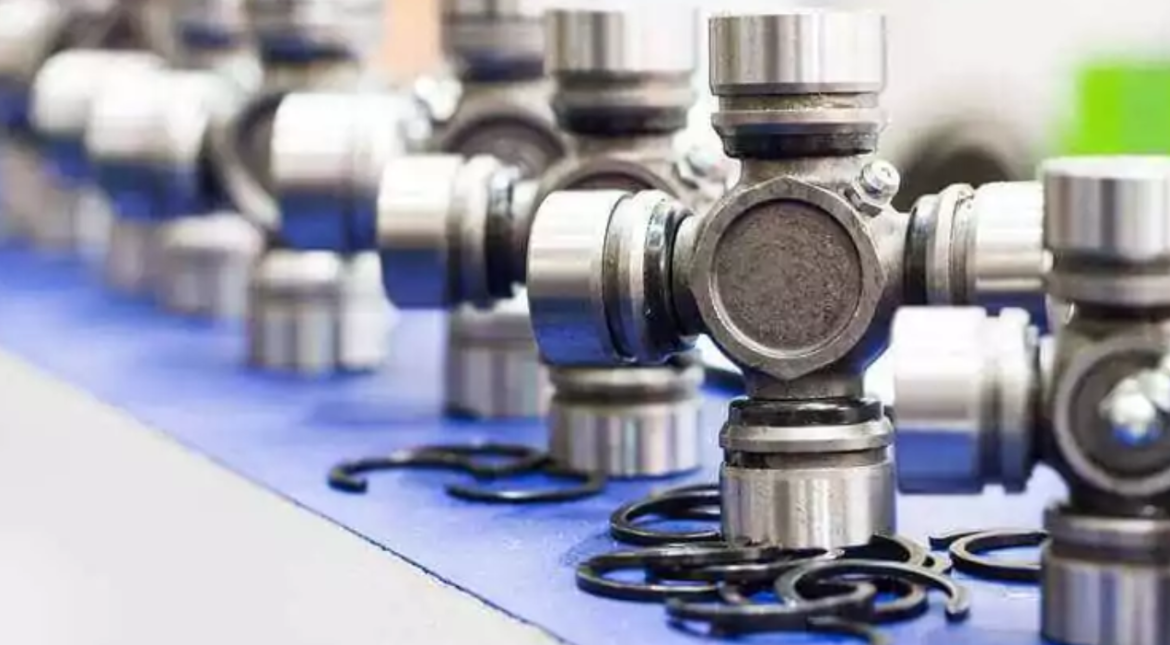Forging dies are extraordinarily popular in diverse industries due to their essential position in producing high-power and particular additives. Their reputation stems from their ability to create complicated shapes with advanced mechanical properties, making them helpful in automobile, aerospace, and business applications. Forging dies are desired for their sturdiness and performance, which contribute to value savings over high-quantity production runs.
Industries recognize forging dies for their functionality to enhance product quality and decrease waste, aligning with current sustainability practices. The continuous evolution in die substances and design, coupled with innovations in forging approaches, maintains their relevance and attraction within the aggressive production panorama. Overall, the flexibility, overall performance benefits, and technological advancements associated with forging dies ensure their sustained recognition in numerous commercial sectors.
Key Factors to Consider When Selecting A Forging Die
When deciding on a forging die for a particular application, numerous key elements want to be taken into consideration to make sure that the die meets the overall performance and high-quality necessities of the supposed forging process. Here’s an in-depth study of those elements:
Material Compatibility
The material being forged extensively impacts the choice of die. Exclusive substances, together with steel, aluminum, titanium, or superalloys, have various flow traits and mechanical properties. The die should be well suited to the material to ensure proper forging and to save you problems like excessive wear or thermal damage. For example, high-temperature alloys require dies crafted from substances that can resist intense warmth without losing power or deforming.
Die Material
The die material itself plays a vital function in its longevity and performance. Common materials for forging dies encompass tool steels, high-velocity steels, and carbide. Tool steels are frequently used for their longevity and resistance, at the same time, carbide dies are favored for their outstanding hardness and resistance to thermal degradation. The selection of die material ought to align with the forging material and the running situations to ensure the most beneficial overall performance and durability.
Forging Process Type
Exceptional forging techniques, such as open-die forging, closed-die forging, or precision forging, have unique necessities for die design. For instance, closed-die forging calls for dies with specific cavity shapes to ensure accurate replication of the very last product. The die layout should accommodate the particular necessities of the forging technique to obtain the desired shape and first-class quality of the forged part.
Dimensional Accuracy and Tolerance
The desired dimensional accuracy and tolerances of the solid element are essential elements in die choice. Extreme-precision packages may also require dies with very tight tolerances and intricate designs. Making sure that the die can constantly produce elements within these tolerances is vital for the assembly of excellent standards and reaching the preferred performance of the final product.
Lubrication and Release
Powerful lubrication is crucial for reducing friction between the die and the fabric, which enables you to save your defects and extends the die’s life. The die layout should accommodate lubrication structures or functions that facilitate the application of lubricants. Moreover, the die should permit a smooth launch of the forged part to save you from sticking and ensure easy operation.
Cost and Production Volume
The cost of manufacturing and keeping the die needs to be balanced with the production volume and the general budget. For excessive-quantity manufacturing, investing in awesome dies with longer service lives can be more cost-effective ultimately. Conversely, for low-volume or prototype runs, much less highly-priced or temporary dies can be appropriate.
Design Complexity
The complexity of the die design impacts both the manufacturing method and the final product satisfaction. Complicated designs with difficult features might also require advanced machining strategies and more precise manipulation throughout the forging process. The die must be designed to deal with those complexities at the same time as ensuring that the very last product meets all overall performance and nice requirements.
Conclusion
Choosing the right forging die involves a comprehensive evaluation of material compatibility, die material, forging technique type, dimensional accuracy, warmth remedy, lubrication, cost, layout complexity, protection, and environmental conditions. By carefully considering these factors, manufacturers can ensure that their forging dies meet the unique necessities of their applications, leading to great forged elements and green manufacturing approaches.
